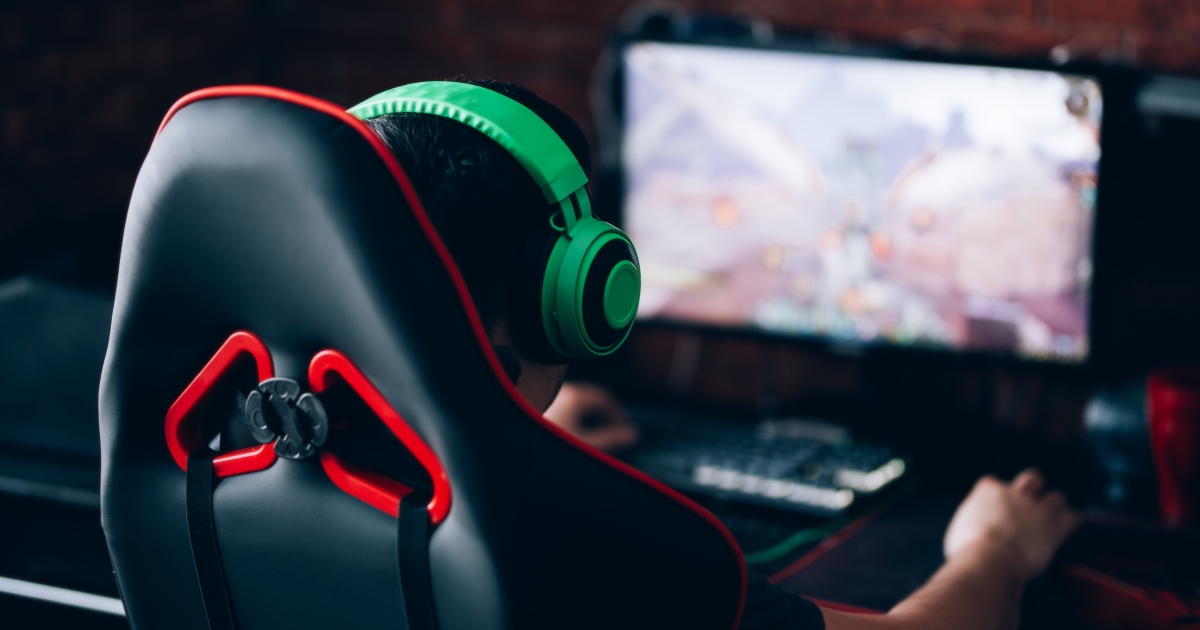The Viking Age was characterized by its fierce warriors, seafaring prowess, and intricate belief systems. Central to the Viking society were their battle axes, not only as formidable weapons but also as objects infused with spiritual significance. These axes were more than tools of destruction they were believed to carry the power to connect the mortal realm with the divine, serving as conduits between warriors and the spiritual world. In the Norse cosmology, the gods and goddesses held immense sway over every aspect of life, including warfare. The battle axe, with its dual nature of creation and destruction, was associated with many deities, particularly Tyr and Odin. Tyr, the god of war and justice, was often depicted with a one-handed axe, symbolizing his role as a protector and warrior. Odin, the All father, was not only the god of war but also the god of wisdom, poetry, and magic. His legendary weapon, Gungnir, a magical spear, was often accompanied by a battle axe, showcasing his multifaceted nature and emphasizing the axe’s mystic importance.
The Viking belief in an afterlife greatly influenced their spiritual connection to battle axes. Valhalla, the great hall of fallen warriors, was a place of honor and glory. To earn their place in Valhalla, Vikings believed they must die in battle with weapon in hand, particularly the battle axe. As such, wikinger axt scharf kaufen were carefully crafted and adorned, often passed down through generations. The act of wielding an ancestral axe linked warriors not only to their immediate foes but also to their forefathers, reinforcing a sense of continuity and shared destiny. Rituals surrounding battle axes were also pivotal in harnessing their spiritual power. Before battle, Vikings engaged in intricate ceremonies, beseeching the gods for strength and victory. These rituals often involved the anointing and blessing of weapons, including battle axes, with sacred oils and herbs. The process was believed to imbue the axes with divine favor, transforming them into extensions of the warrior’s own spirit.
Such beliefs created a profound connection between the fighter and their weapon, as if their very souls were intertwined. They were featured prominently in sacrificial rituals, where they symbolized the offering of one’s martial prowess to the gods. Archaeological findings have revealed instances of battle axes deliberately deposited in bogs, lakes, and other watery locations, suggesting that these weapons were seen as vessels for spiritual communication. The act of placing battle axes in such locations was likely a gesture to establish a link between the physical and spiritual worlds, a practice not unlike the Viking ships that were buried to serve as vessels for the deceased in the afterlife. These weapons were not mere tools of war but rather conduits for connecting with the divine. Through their associations with gods, rituals, and afterlife concepts, battle axes were seen as a means to transcend the mortal realm and secure a place in the warrior’s version of paradise. The symbolism and reverence attached to these axes provide a fascinating glimpse into the spiritual dimensions of the Viking culture, underscoring the complexity and depth of their beliefs.



